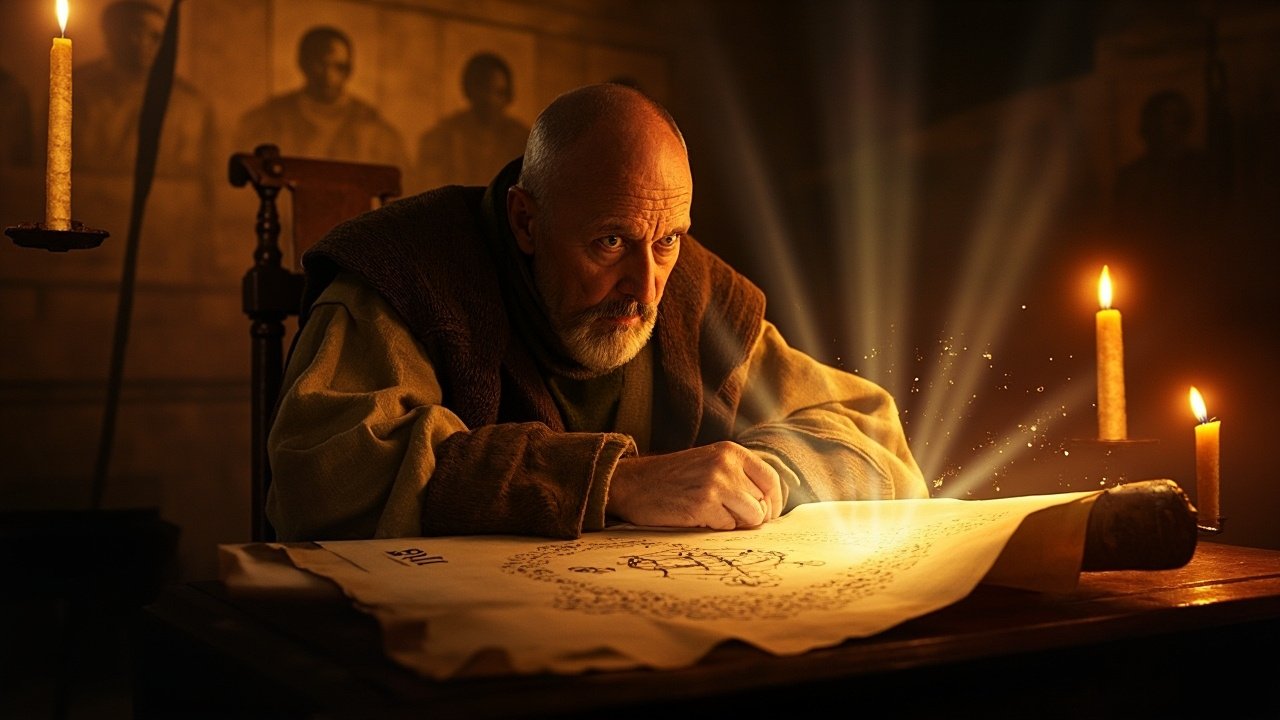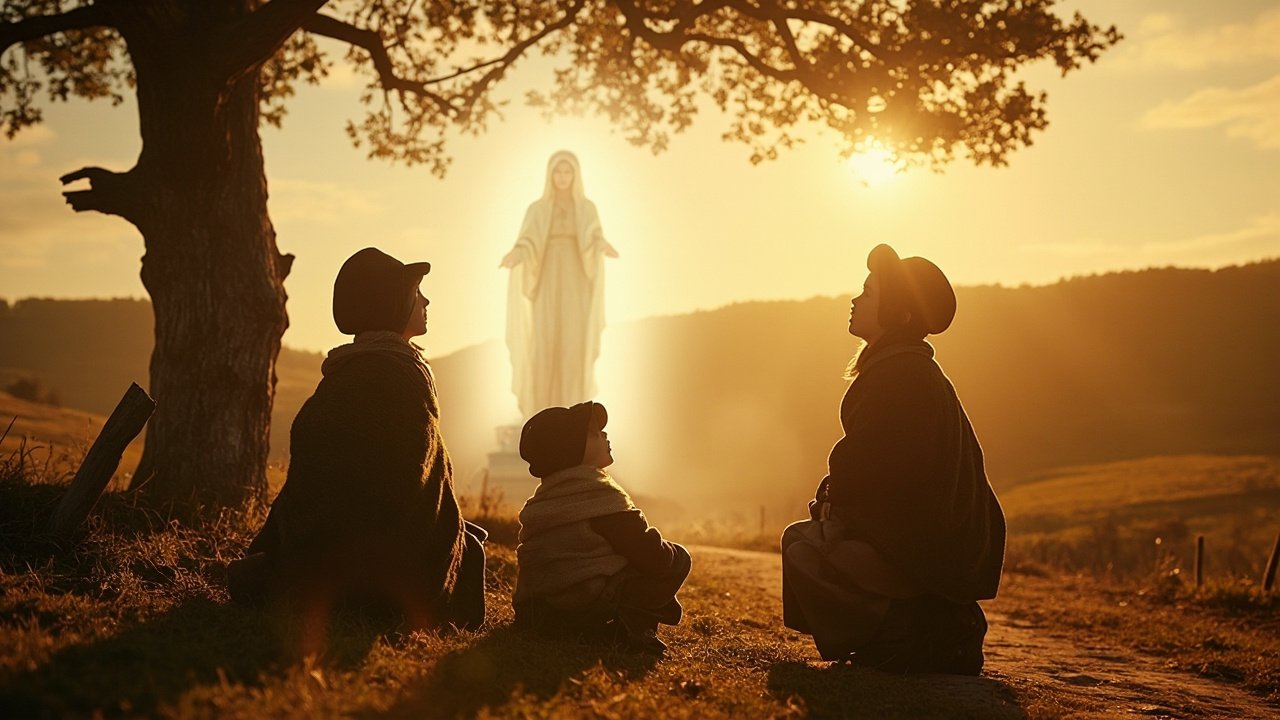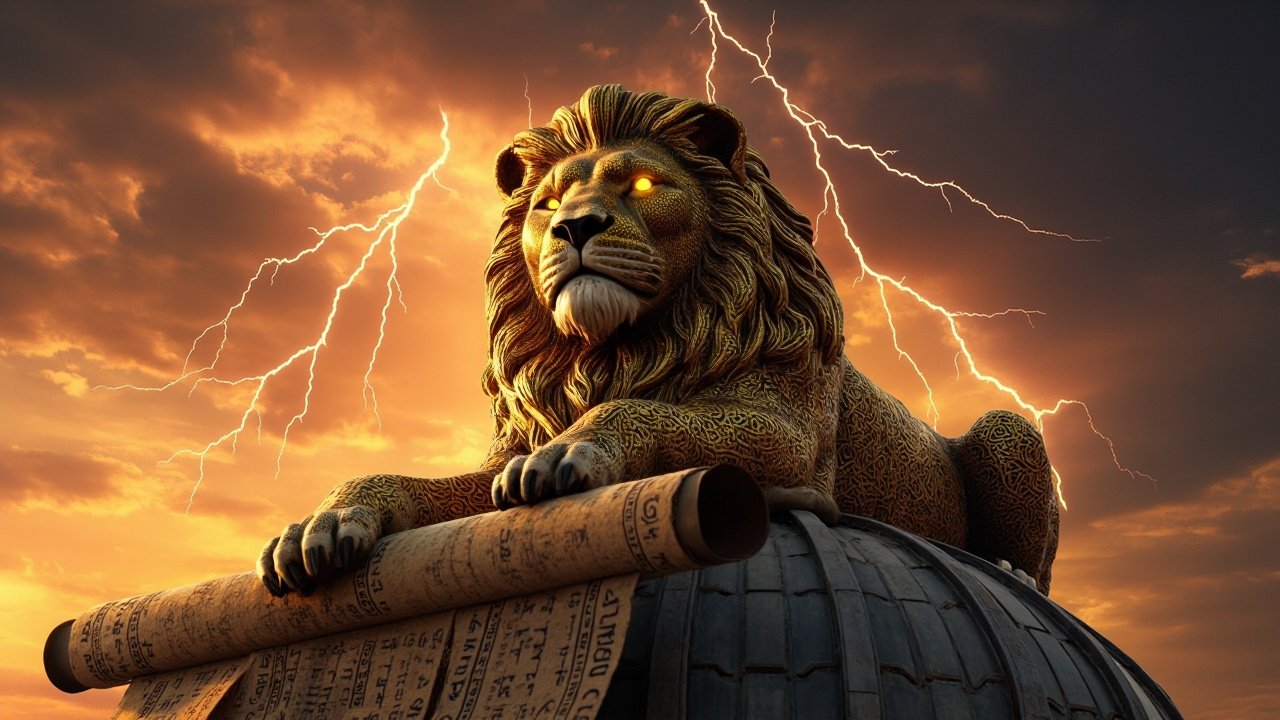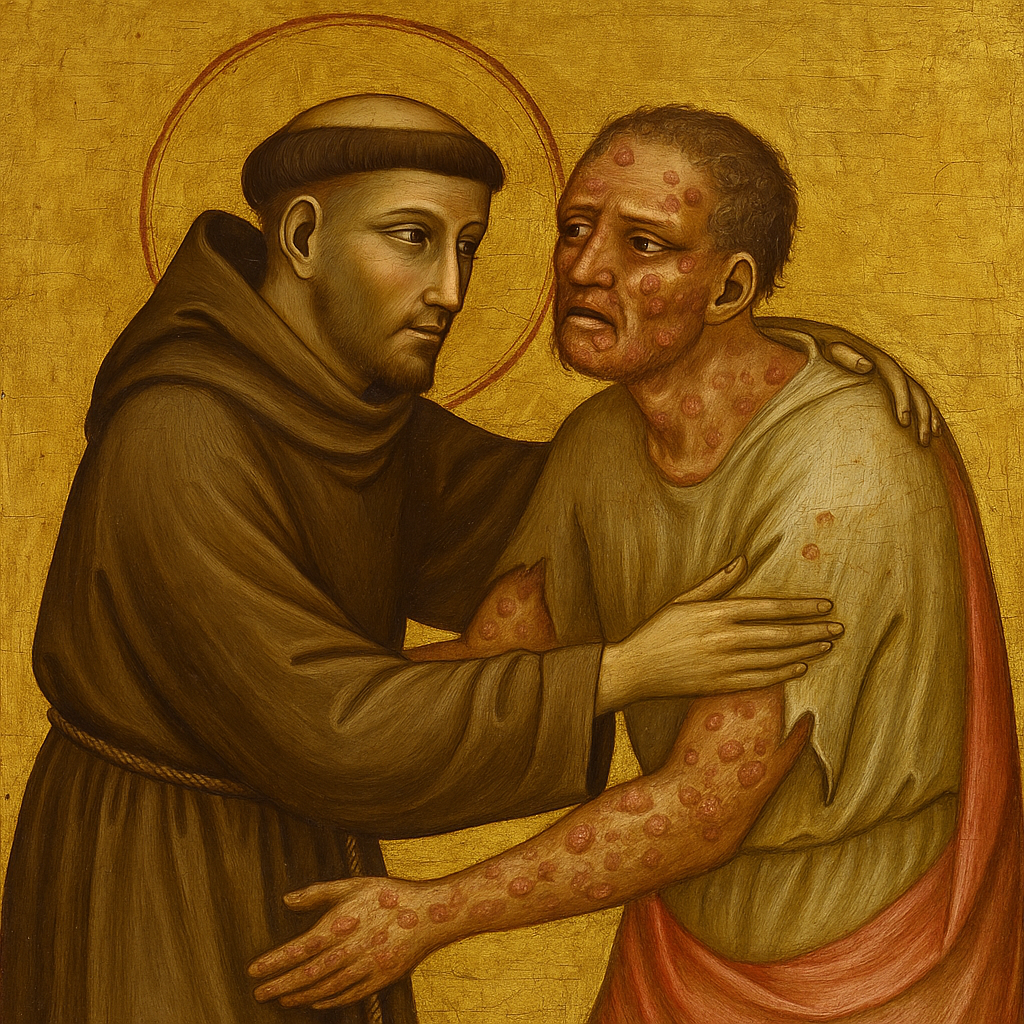
The mysterious Prophecy of the Popes, attributed to St. Malachy, a 12th-century Irish archbishop, has captivated the minds of believers and skeptics alike for centuries. Said to have been discovered in 1590, this chilling document lists 112 cryptic mottos describing every pope from Malachy’s time to the end of the world.
But who was Malachy? And why does his prophecy still echo today?
Who Was St. Malachy?
St. Malachy was born in 1094 in Armagh, Ireland, under the Gaelic name Máel Máedóc Ua Morgair, which would later be anglicized to Malachy O’More. He became Archbishop of Armagh, the highest ecclesiastical position in Ireland, and was known for his holiness, humility, and numerous miracles. His efforts to reform and align the Irish Church with Roman traditions were considered vital in Ireland’s spiritual history.
In 1139, while visiting Rome, he is said to have received a divine vision — a list of 112 future popes, each described with a short Latin motto.
St. Malachy died in 1148 at the age of 54 while on pilgrimage to Rome. He passed away in Clairvaux, France, in the arms of his friend St. Bernard of Clairvaux, who later documented Malachy’s saintly life — though he never mentioned the prophecy.
He was canonized in 1190 by Pope Clement III, making him one of the earliest officially recognized saints in the Church.
The List of 112 Popes
The prophecy contains short Latin phrases for each pope. Some are shockingly specific:
- “Lumen in Coelo” (Light in the sky) — Assigned to Pope Leo XIII, whose coat of arms bore a comet.
- “Pastor Angelicus” — Described Pope Pius XII, often called the angelic shepherd.
- “De Labore Solis” (Of the eclipse of the sun) — Applied to Pope John Paul II, who was born and buried during solar eclipses.
But it is the final pope, number 112, who draws the most concern:
“In the final persecution of the Holy Roman Church, Peter the Roman will reign, feeding the flock through many tribulations. After which, the city of seven hills shall be destroyed, and the dreadful Judge shall judge the people. The End.”
Was the Prophecy Accurate?
Historians remain divided. Critics argue the document was likely forged in the 16th century to influence a papal election, especially since many early entries appear too perfectly matched. Yet the uncanny fit of modern popes with their mottos continues to fascinate:
- Pope John Paul II (solar eclipses)
- Pope Benedict XVI (“Glory of the Olive”)
- Pope Francis (“Peter the Roman” or perhaps the transition figure before him)
Whether authentic or not, the prophecy’s tone grows darker with each line, suggesting tribulation, persecution, and ultimately divine judgment.
A Saint of Vision and Mystery
St. Malachy was not just a prophet; he was a reformer, miracle worker, and spiritual giant in Irish history. His early canonization and spiritual friendship with St. Bernard add credibility to his legacy. His vision — whether divinely inspired or later constructed — is a mirror, causing believers to consider the urgency of the times.
He is buried in what was once Clairvaux Abbey in France. Though the original grave was reportedly lost during the French Revolution, his memory remains etched in the annals of prophetic tradition.
Scripture for Discernment
“Do not despise prophecies. Test all things; hold fast what is good.” — 1 Thessalonians 5:20-21
Prophecy is never meant to incite fear but to stir discernment, urgency, and faith. Whether the prophecy is divine or manmade, it reminds us of one truth:
The world is watching. Are we ready?
Related Posts:



